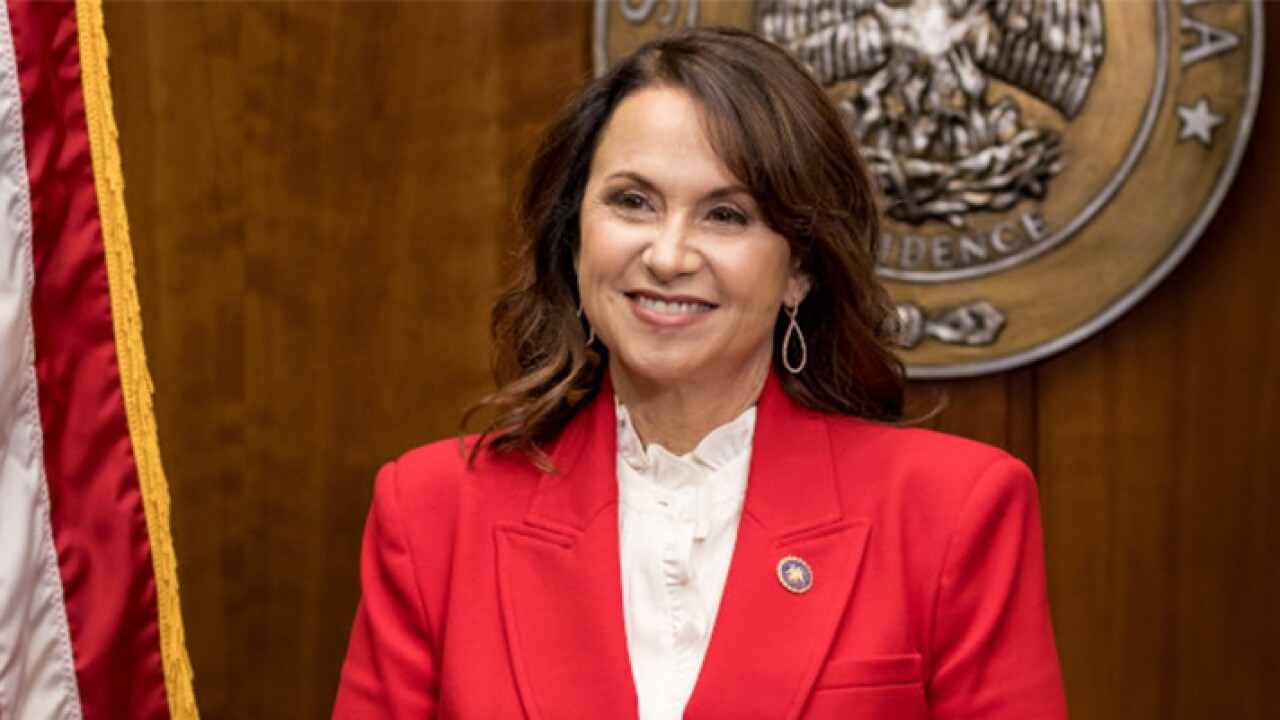The consumer confidence index rose to 138.4 in September from a revised 134.7 in August originally reported at 133.4, the Conference Board reported on Tuesday.
IFR Markets predicted a reading of 132.1 for September.

The present situation index increased to 173.1 in September from a revised 172.8 originally reported at 173.1 while the expectations index gained to 115.3 from a revised 109.3 in August originally reported as 107.6.
“After a considerable improvement in August, Consumer Confidence increased further in September and hovers at an 18-year high,” Lynn Franco, the Board’s director of economic indicators, said. “The September reading is not far from the all-time high of 144.7 reached in 2000. Consumers’ assessment of current conditions remains extremely favorable, bolstered by a strong economy and robust job growth.”
Consumers’ assessment of current conditions held steady in September. Those stating business conditions are “good” increased to 41.4% from 40.5% as those saying business conditions are “bad” slipped to 9.1% from 9.3%.
Consumers’ thoughts about the labor market were more favorable. Those claiming jobs are “plentiful” increased to 45.7% from 42.3%, but those claiming jobs are “hard to get” increased to 13.2% from 12.1%.
Consumers’ optimism about the short-term outlook improved in September.
The percentage of consumers anticipating business conditions will improve over the next six months increased to 27.6% from 24.4%, while those expecting business conditions will worsen declined, to 8.0% from 9.9%.
Consumers’ outlook for the labor market was also more upbeat for the future. The proportion expecting more jobs in the months ahead increased to 22.5% from 21.5%, while those anticipating fewer jobs decreased to 11.0% from 13.2%.
“The expectations index surged in September, suggesting solid economic growth exceeding 3.0 percent for the remainder of the year,” Franco said. “These historically high confidence levels should continue to support healthy consumer spending, and should be welcome news for retailers as they begin gearing up for the holiday season.”
The monthly reported uses 1985 as a 100 baseline and is based on a probability-design random sample conducted by Nielsen.





